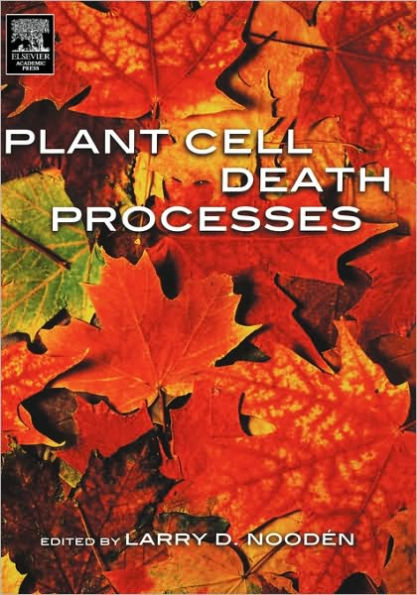5
1
9780125209151


Plant Cell Death Processes available in Hardcover

Plant Cell Death Processes
- ISBN-10:
- 0125209150
- ISBN-13:
- 9780125209151
- Pub. Date:
- 10/24/2003
- Publisher:
- Elsevier Science
- ISBN-10:
- 0125209150
- ISBN-13:
- 9780125209151
- Pub. Date:
- 10/24/2003
- Publisher:
- Elsevier Science
139.0
In Stock

Product Details
| ISBN-13: | 9780125209151 |
|---|---|
| Publisher: | Elsevier Science |
| Publication date: | 10/24/2003 |
| Pages: | 392 |
| Product dimensions: | 7.00(w) x 10.00(h) x (d) |
What People are Saying About This
From the B&N Reads Blog
